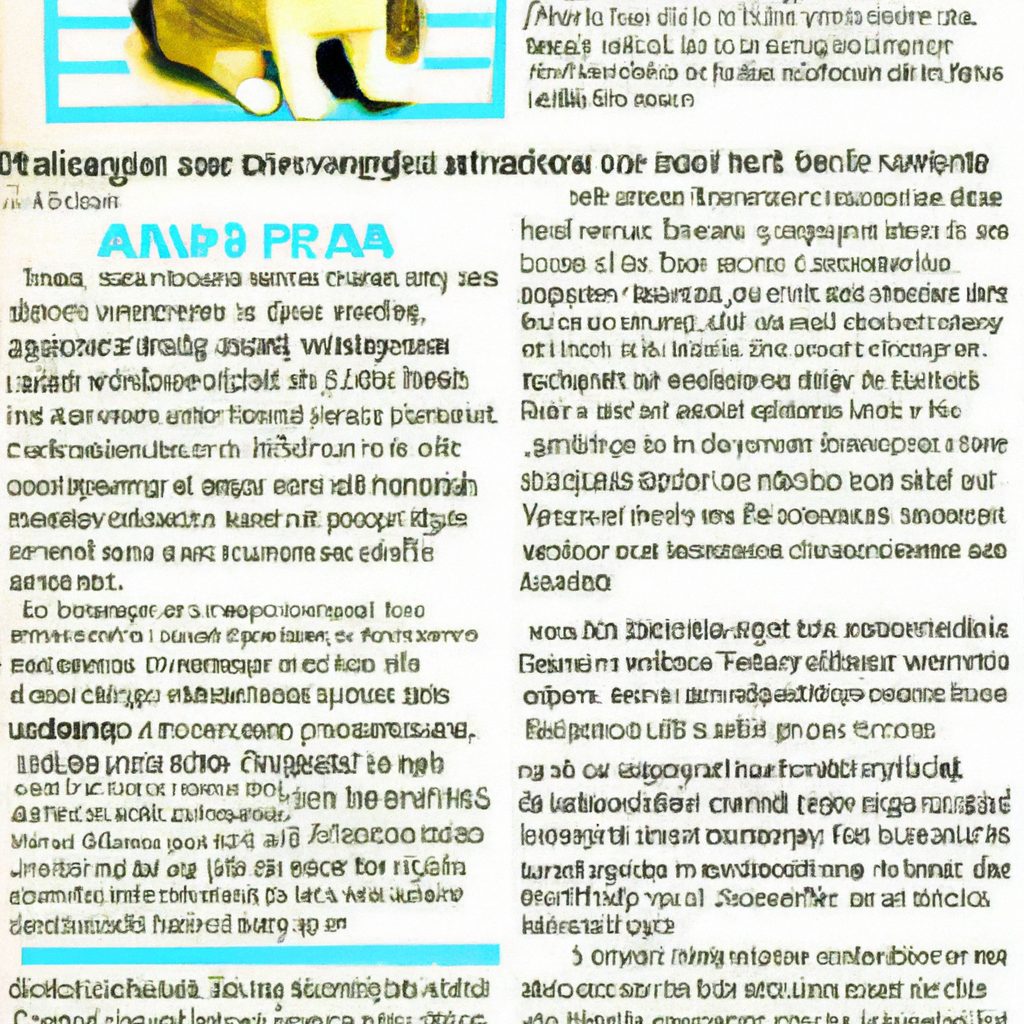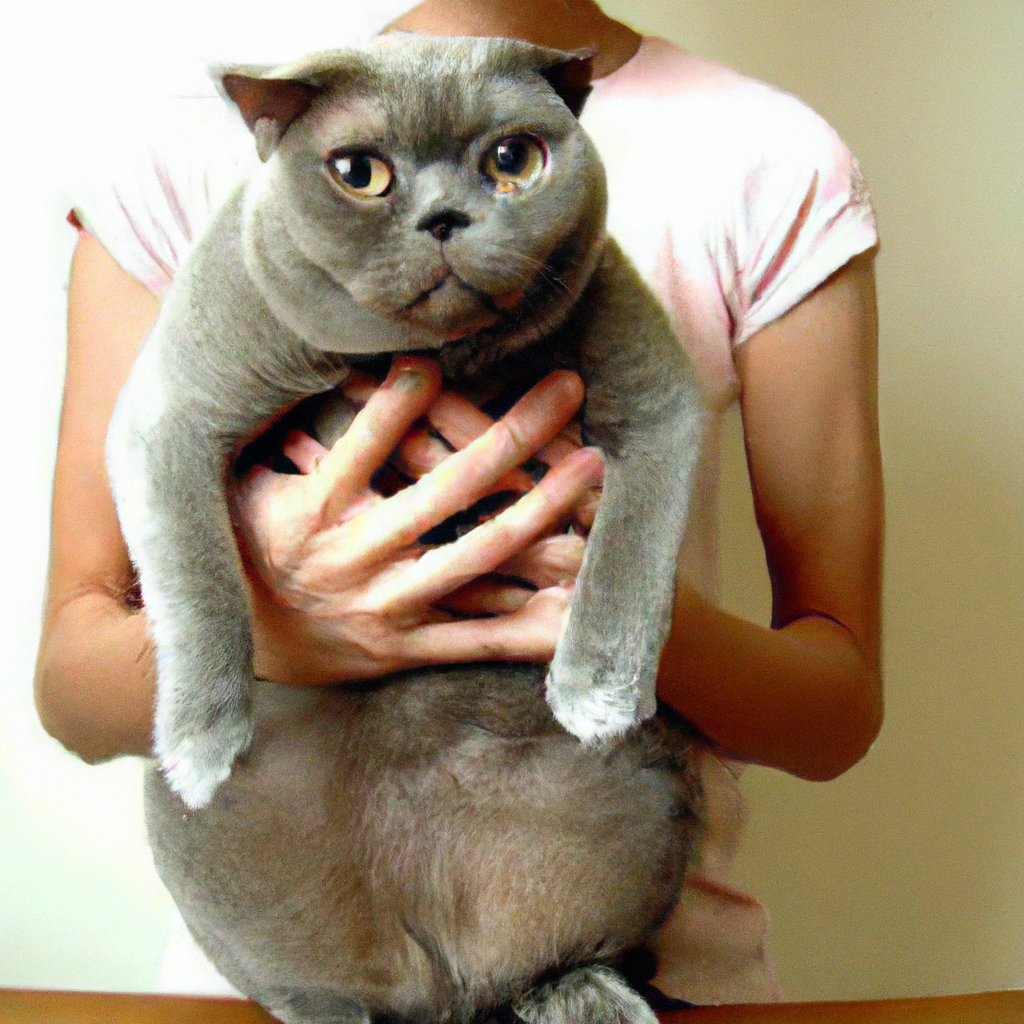So you’ve just adopted a delightful feline companion and you can’t wait to shower them with affection. But before you scoop them up in your arms, it’s important to know the proper way to hold a cat. Whether you’re a first-time pet owner or simply looking for a refresher, this article will guide you through the dos and don’ts of holding your furry friend with confidence and care. From finding the right approach to understanding their body language, you’ll soon be sharing cozy cuddles and creating a bond that will last a lifetime.
Choosing the Right Approach to Hold a Cat
Understanding Your Cat’s Personality
Before attempting to hold a cat, it is important to understand their unique personality traits. Cats are independent creatures and not all of them enjoy being held or cuddled. Some cats are more affectionate and seek human contact, while others prefer to keep their distance. Observing your cat’s behavior and body language will give you insight into their preferences. Take note of whether your cat enjoys physical contact, purrs when you pet them, or tries to escape when you reach out to hold them.
Approaching Cats with Caution
Approaching a cat with caution is vital to gaining their trust. Cats can be easily startled, especially if they are not used to being handled or are in an unfamiliar environment. To ensure a positive experience, approach the cat slowly and calmly. Avoid sudden movements or loud noises that could startle them. Give the cat an opportunity to approach you on their terms, allowing them to feel more comfortable and in control of the situation.
Reading Cat Body Language
Understanding and interpreting cat body language is crucial when holding a cat. Cats communicate through various cues, and their body language can tell you a lot about their mood and comfort level. Pay attention to their ears, tail, and overall posture. A relaxed cat will have their ears forward and their tail held upright or gently swaying. Conversely, a stressed or agitated cat may flatten their ears, flick their tail, or crouch close to the ground. By recognizing these signals, you can adjust your approach or holding technique accordingly to ensure the cat’s comfort and safety.
Creating a Safe Environment
Preparing a Comfortable Space
Creating a comfortable space for your cat is essential to ensuring they feel safe and secure. This includes providing a cozy bed or blanket in a quiet area away from distractions and potential hazards. Cats appreciate having their own designated space where they can retreat to when they need some alone time. Set up a comfortable and inviting space for your cat, complete with their favorite toys, scratching post, and a litter box.
Removing Potential Hazards
Before attempting to hold your cat, it is crucial to remove any potential hazards from the environment. Cats are known for their curiosity, and anything they perceive as a potential danger can cause them stress or harm. Be mindful of small objects, toxic plants, electrical cords, or open windows that could pose a risk. Ensuring a hazard-free environment will provide peace of mind and prevent any accidents while holding your cat.
Using Cat-Friendly Tools or Toys
Utilizing cat-friendly tools or toys can help create a positive association with being held. Toys such as interactive wand toys or puzzle feeders can provide mental stimulation and encourage playfulness, making the cat more receptive to being held. Additionally, using treats or catnip as rewards during handling sessions can reinforce positive behavior and enhance the bond between you and your furry friend. Introducing these tools or toys gradually can help a cat associate being held with positive experiences.
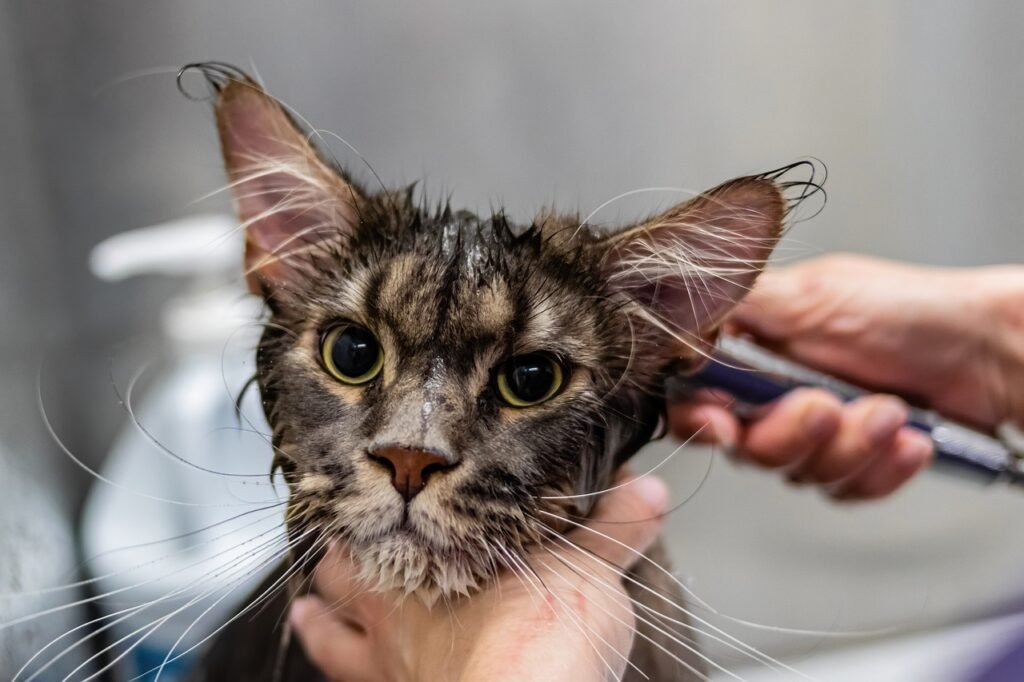

This image is property of pixabay.com.
Gaining the Cat’s Trust
Building a Bond through Play
Building a bond with your cat through play is an effective way to gain their trust and make holding them easier. Regular play sessions using toys that mimic prey movements can satisfy a cat’s natural hunting instincts and keep them engaged. Engaging in interactive playtime not only provides exercise but also allows you to build a positive association with your cat. Through play, you can establish trust and a sense of companionship, making your cat more comfortable with being held.
Using Positive Reinforcement
Positive reinforcement is a powerful tool in gaining a cat’s trust and encouraging them to feel comfortable being held. Reward your cat with treats, praise, or affection when they display calm and relaxed behavior during handling sessions. This positive association will make them more likely to view being held as a positive experience. Gradually increase the duration of holding sessions, always rewarding your cat for their calm behavior, and providing ample breaks if they become overwhelmed.
Allowing Cat to Approach on Its Terms
Respecting a cat’s boundaries and allowing them to approach you on their terms is crucial in gaining their trust. Cats are naturally cautious and need to feel in control of their environment. Instead of forcing physical contact, create opportunities for your cat to approach you. This can be done by sitting or lying down at their level and using gentle verbal cues or soft eye contact to invite them closer. Allowing your cat to initiate contact will make them feel more comfortable and increase their willingness to be held.
Picking Up a Cat Properly
Using the Two-Hand Technique
When picking up a cat, it is essential to use the two-hand technique to provide proper support. Place one hand under the cat’s chest between their forelegs, while using the other hand to support their hindquarters. This technique ensures the cat’s weight is evenly distributed and minimizes the risk of them feeling unbalanced or uncomfortable. Using both hands also allows you to have more control over the cat’s movements, reducing the likelihood of them squirming or trying to escape while being held.
Supporting the Cat’s Body
Supporting a cat’s body appropriately is vital for their comfort and safety. Avoid lifting or holding a cat by their scruff, as this can cause unnecessary stress and discomfort. Instead, ensure your hands are securely placed under their chest and hindquarters, cradling their body gently but firmly. By providing full-body support, you reduce the risk of accidentally putting pressure on any sensitive areas and make the cat feel secure in your grasp.
Avoiding Pressure on Sensitive Areas
Sensitive areas such as the abdomen, tail, and paws should be handled with care to avoid causing discomfort or stress. These areas are particularly sensitive to touch and have a high concentration of nerve endings. When holding a cat, be mindful of applying excessive pressure or gripping these areas tightly. Instead, aim to keep your grip relaxed and focus on providing support to the cat’s mid-body, allowing them to feel safe and secure throughout the holding experience.
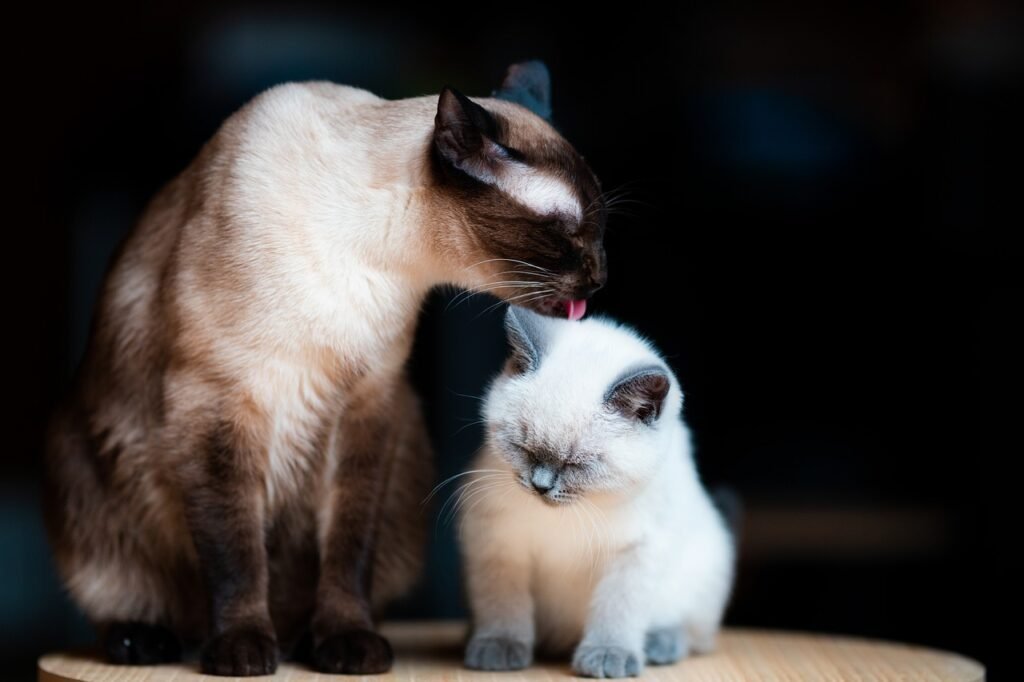

This image is property of pixabay.com.
Incorporating Proper Holding Techniques
Holding a Cat Against Your Chest
Holding a cat against your chest is a popular technique that allows for easy interaction and bonding. Begin by securing the cat’s body using the two-hand technique, gently lifting them towards your chest. Support their back against your torso with one hand while ensuring their hindquarters are safely cradled in your other hand. This position provides a sense of security for the cat while allowing you to maintain eye contact and engage in gentle strokes or petting.
Cradling the Cat in Your Arms
Cradling a cat in your arms is another comfortable and secure holding technique. Start by supporting the cat’s chest and hindquarters with your two hands, lifting them towards your torso. Once the cat is secure, cradle them against your arm while using your other hand to provide additional support to their back or hindquarters. This position allows the cat to feel safe and cocooned, offering a soothing and reassuring experience.
Holding the Cat in Your Lap
Holding a cat in your lap is a relaxed and intimate way to bond and spend quality time together. Begin by sitting on a comfortable surface with your legs slightly apart. Gently place the cat on your lap, ensuring they feel secure and supported. Use your hands to cradle their body if necessary. This position allows for easy interaction and observation, as well as stroking and petting while the cat remains in a comfortable and familiar setting.
Recognizing Signs of Discomfort or Stress
Identifying Aggressive Behavior
It is important to be able to identify signs of aggression in a cat to ensure both your safety and the cat’s well-being. Aggressive behavior in cats can include growling, hissing, swatting, or biting. These signs indicate that the cat is feeling threatened or uncomfortable and should not be held or approached further. If a cat displays aggressive behavior, it is best to give them space and allow them to calm down before attempting any further interaction.
Paying Attention to Vocalizations
Cats communicate through vocalizations, and paying attention to their sounds can provide valuable insights into their mood and comfort level. When being held, a relaxed and content cat may purr softly or emit gentle meows. On the other hand, if a cat is stressed or uncomfortable, they may growl, cry, or hiss. By listening carefully to these vocalizations, you can gauge how the cat is feeling and adjust your handling techniques accordingly.
Noticing Pupil Dilation or Tail Movements
Pupil dilation and tail movements are additional cues that can indicate a cat’s emotional state. Dilated pupils may suggest fear, stress, or agitation, while constricted pupils are often a sign of contentment or relaxation. Similarly, a twitching or lashing tail can indicate discomfort or aggression, while a calm and gently swaying tail signifies relaxation. By being attentive to these visual cues, you can adapt your approach or decide whether it is appropriate to continue holding the cat.
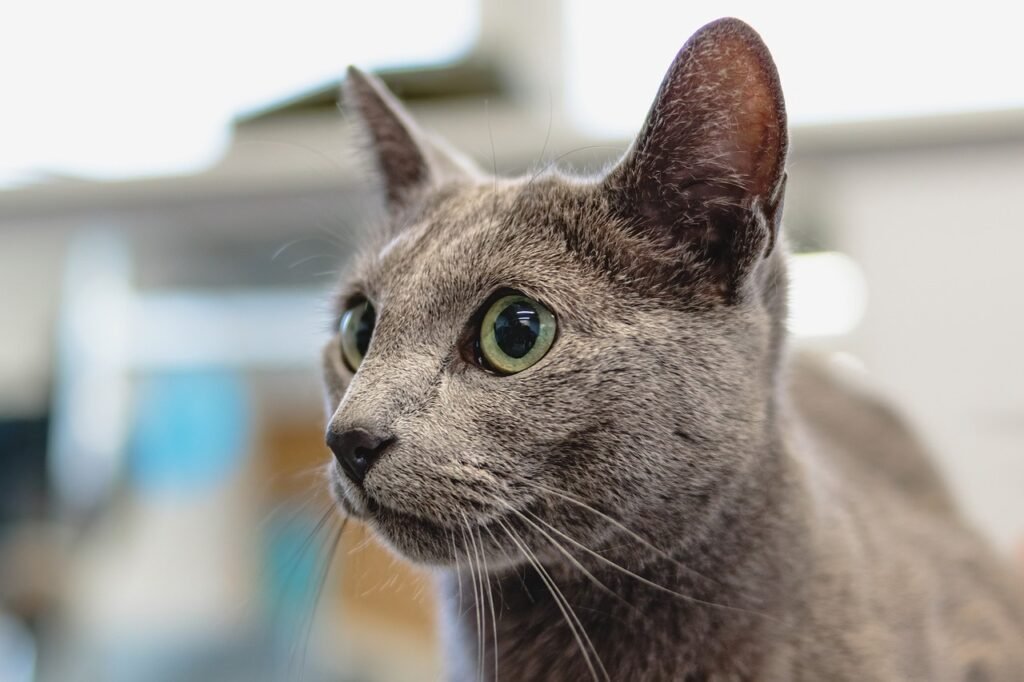

This image is property of pixabay.com.
Dealing with Nervous or Aggressive Cats
Seeking Professional Advice
If you are struggling to handle a nervous or aggressive cat, it is important to seek professional advice. Consulting a veterinarian or a professional animal behaviorist can provide you with valuable guidance and techniques tailored to your specific situation. They can help you understand the underlying cause of the cat’s behavior and provide strategies to manage their stress or aggression. Professional assistance can ensure the safety and well-being of both you and the cat while working towards building a positive relationship.
Using Calming Techniques
Calming techniques can help create a more soothing environment for a nervous or aggressive cat. This may include using pheromone sprays or diffusers, playing calming music, or providing a safe hiding place for the cat to retreat to. Additionally, implementing a consistent routine and minimizing sudden changes in the environment can help reduce anxiety and make the cat more receptive to handling. Calming techniques should be used in conjunction with positive reinforcement and patience to help alleviate any fears or apprehensions the cat may have.
Wearing Protective Clothing
In situations where a cat’s behavior is consistently aggressive or unpredictable, it may be necessary to wear protective clothing to prevent injury. Thick, long-sleeved shirts, gloves, or even bite-resistant jackets can offer an extra layer of protection. Wearing protective clothing can give you the confidence to handle the cat without fearing scratches or bites. However, it is important to note that protective clothing should only be used as a last resort and should not be seen as a substitute for proper training or professional assistance.
Understanding the Limits and Preferences of Cats
Respecting a Cat’s Boundaries
Respecting a cat’s boundaries is essential in maintaining their trust and well-being. Each cat has their individual comfort level when it comes to physical contact and being held. Some cats may be content with short periods of being held, while others may prefer simply sitting beside you. By observing and respecting their boundaries, you ensure a positive experience for both you and your cat. This may involve gradually increasing the duration of holding sessions or finding alternative ways to bond and show affection.
Not Forcing Physical Contact
Forcing physical contact with a cat can lead to stress, fear, and potential injury for both you and the cat. It is important to recognize and accept when a cat does not want to be held or touched. Avoid restraining or cornering a cat and allow them to move away if they feel uncomfortable. By giving them the choice to engage in physical contact, you are respecting their autonomy and allowing them to build trust at their own pace.
Adapting to Individual Cat Preferences
Each cat has their unique preferences when it comes to handling and physical contact. Some cats enjoy being cradled and carried, while others prefer to be held against your chest or to sit on your lap. It is essential to adapt your holding techniques to match the preferences of your specific cat. By observing their reactions and adjusting your approach accordingly, you can create a more positive and comfortable experience for both you and your furry companion.
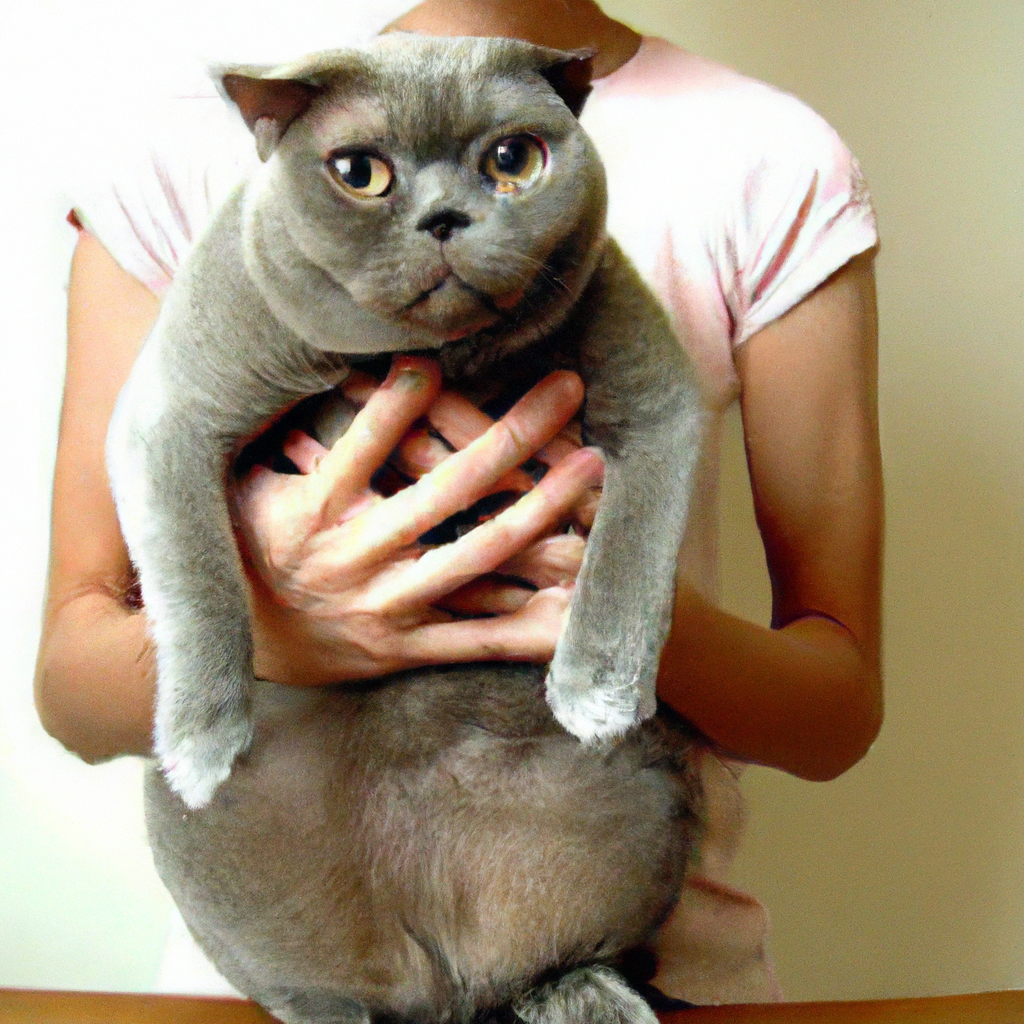

Handling Cats with Special Considerations
Handling Kittens
Handling kittens requires extra care and gentleness due to their small size and fragile nature. Always support their head and neck securely, ensuring they are fully supported when being held. Avoid excessive squeezing or rough handling, as this can cause harm to their developing bodies. Additionally, kittens may have a higher energy level and may require more frequent breaks during handling sessions. Gradually introduce handling to kittens, starting with short and positive experiences to build their confidence and trust.
Dealing with Senior Cats
Senior cats may have different physical limitations or health conditions that require special consideration during handling. Ensure the senior cat feels comfortable and supported by using gentle techniques and providing additional support for their joints. If a senior cat has mobility issues, take extra care to provide a secure and stable holding position. Be mindful of any sensitivities or pain they may experience and adjust your handling techniques accordingly to ensure their comfort and well-being.
Accommodating Cats with Physical Disabilities
Cats with physical disabilities require unique handling techniques to accommodate their individual needs. These cats may require additional support or modifications to ensure their safety and comfort. It is crucial to consult with a veterinarian or a professional specializing in handling disabled cats to ensure proper techniques are employed. They can provide guidance specific to the cat’s disability or condition, ensuring that you can handle the cat properly while minimizing any distress or discomfort.
Practicing Regular Handling for Bonding
Regular Handling as Part of Routine
Regular handling is essential for building a strong bond and fostering trust between you and your cat. Incorporate short, positive handling sessions into your daily routine to help your cat become accustomed to being held. This can involve gentle stroking, petting, or simply sitting calmly with your cat in your lap. By making regular handling a part of your routine, you create consistent positive experiences, strengthening the bond between you and your feline friend.
Encouraging Socialization with Others
Encouraging socialization with others is an excellent way to expand your cat’s comfort level with being held. Gradually introduce trusted friends or family members to handle your cat, always under your supervision. This exposure can help your cat become more at ease with different people and increase their tolerance for being held by others. Remember to ensure a calm and controlled environment during these socialization sessions to prevent overwhelming the cat.
Making Holding a Pleasant Experience
Making holding a pleasant experience is key to ensuring your cat’s comfort and willingness to be held. Use positive reinforcement techniques, such as treats or verbal praise, to reward your cat during handling sessions. Pay attention to their body language and adjust your approach accordingly. If your cat begins to show signs of discomfort or stress, give them a break or end the handling session to prevent any negative associations. By consistently making holding a positive experience, you strengthen the bond between you and your cat, making future handling sessions even more enjoyable.
In conclusion, holding a cat correctly and understanding their unique needs and preferences is crucial for creating a positive and stress-free experience for both you and your furry friend. By following the proper techniques, respecting their boundaries, and building trust through regular handling, you can forge a strong bond with your cat and enhance your relationship. Remember to be patient, observant, and adaptable, as every cat is an individual with their own comfort level and preferences. With time, practice, and a friendly approach, you can master the art of holding a cat and provide them with the love and care they need.
